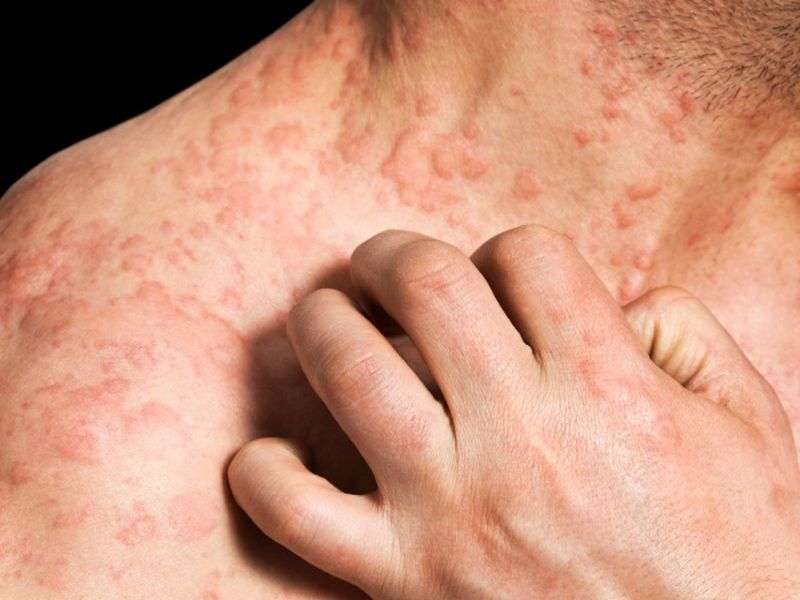(HealthDay)—Nilotinib is associated with scurvy, possibly because of its effects on cutaneous metabolism, according to a letter to the editor published online April 28 in the Journal of Cutaneous Pathology.
Allen S.W. Oak, from the University of Alabama at Birmingham, and colleagues describe a patient on nilotinib who developed a keratosis pilaris-like eruption and was subsequently diagnosed with scurvy.
The 66-year-old male was taking nilotinib for Philadelphia chromosome-positive chronic myelogenous leukemia. Seven months after beginning treatment, the patient developed keratotic papules with perifollicular erythema on the chest and abdomen, pruritic at times. No systemic symptoms were reported. A skin biopsy showed chronic perifolliculitis with hemorrhage, consistent with vitamin C deficiency. His vitamin C level was low (<0.12 mg/dL). There was improvement in the eruption at follow-up after ascorbic acid supplementation and a diet with added fresh citrus fruits and vegetables.
"The heterogeneity of cutaneous eruptions associated with nilotinib may imply its multiple effects on cutaneous metabolism," the authors write. "Checking vitamin C levels in a patient on a second-generation tyrosine kinase inhibitor may have clinical value, especially in those presenting with keratotic follicular papules with an erythematous rim."
More information:
Abstract
Full Text (subscription or payment may be required)
Copyright © 2016 HealthDay. All rights reserved.
























